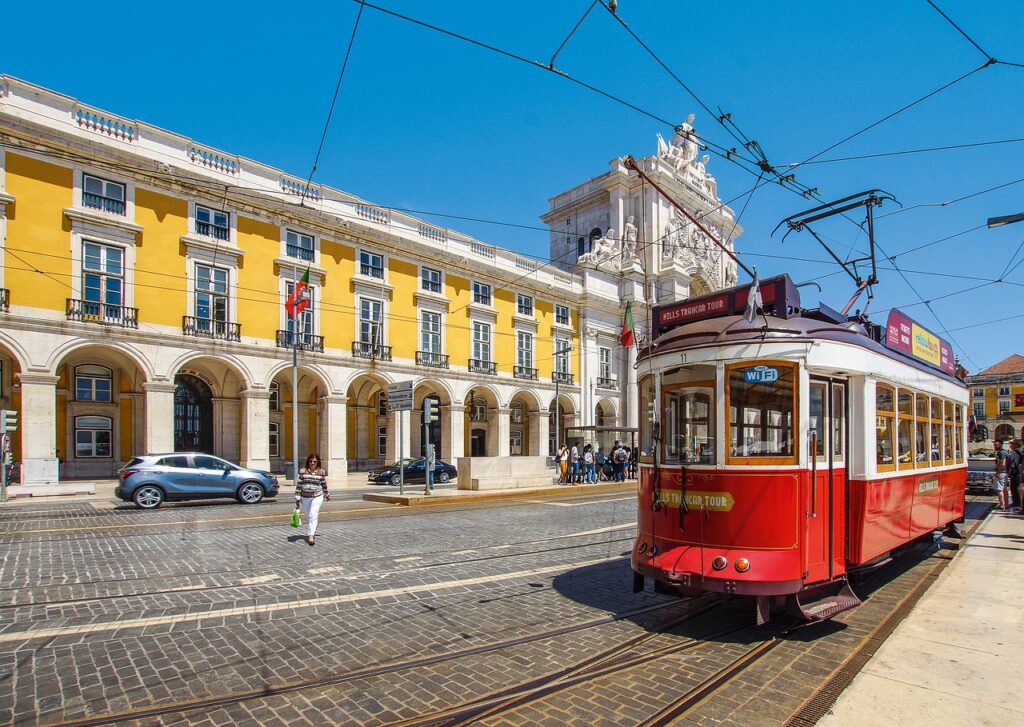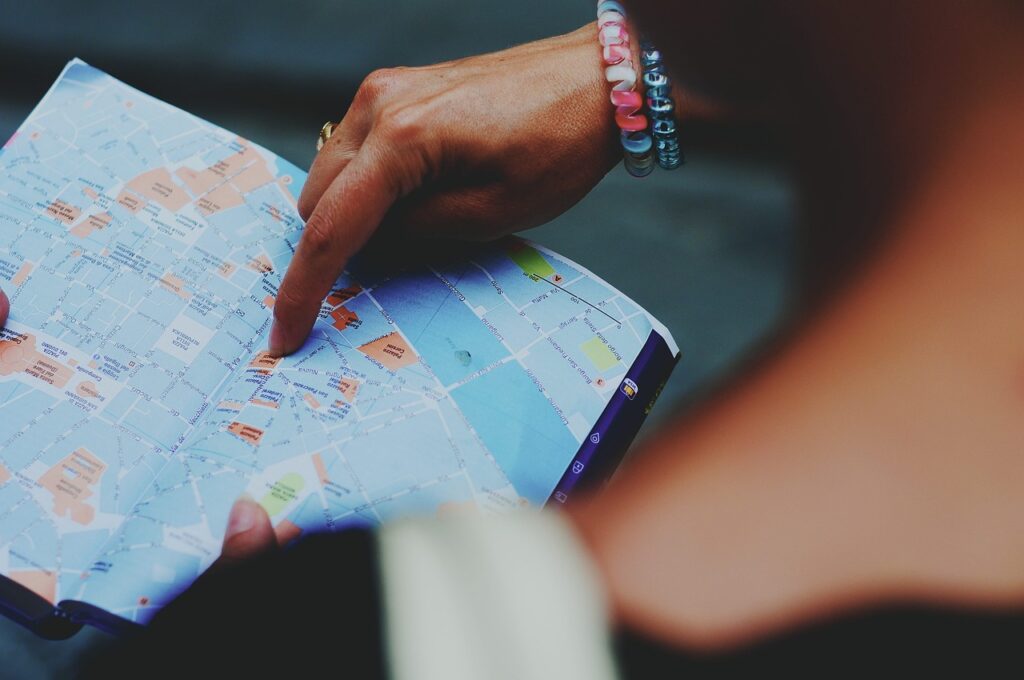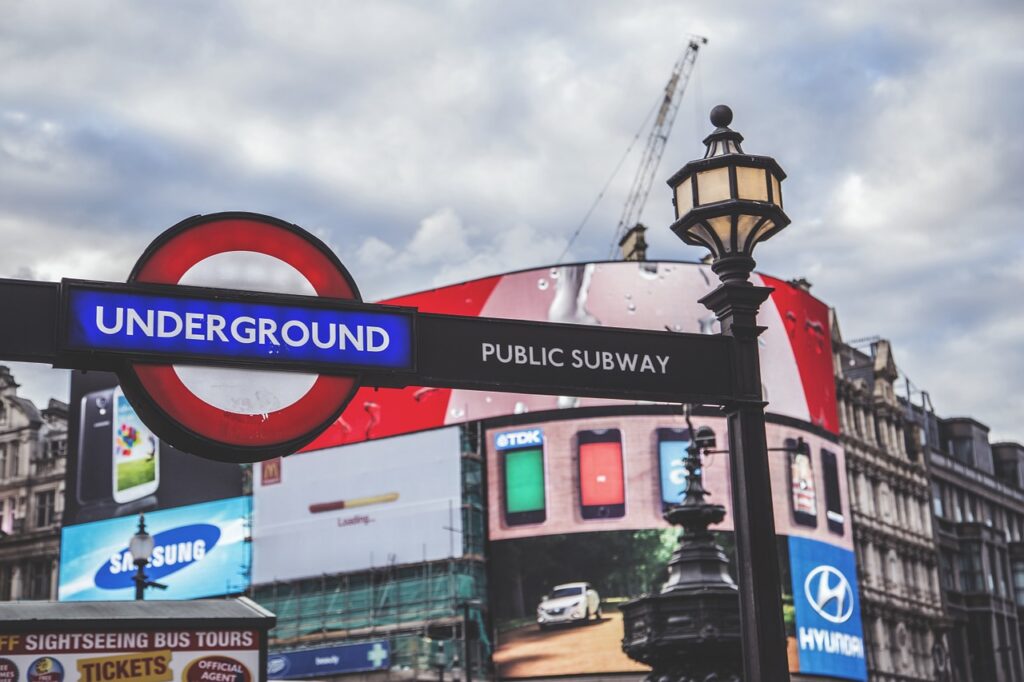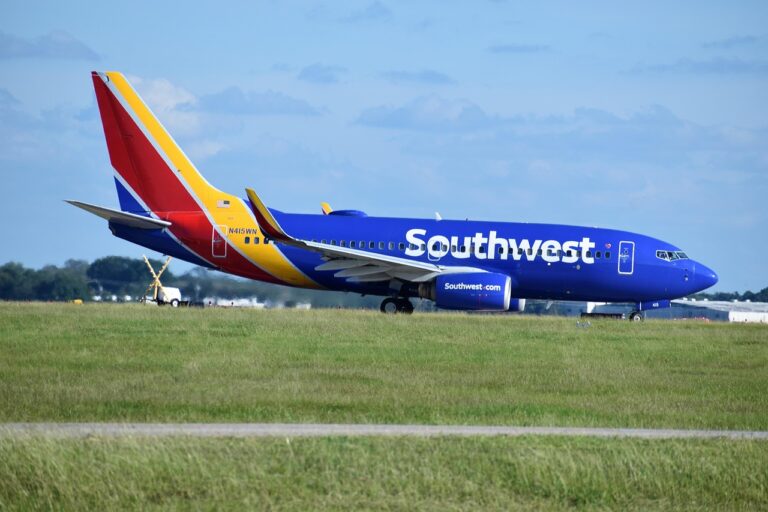Last Updated on April 3, 2024 by ETC Team

Sometimes the best part of a trip is the opportunity to visit someplace you’ve never been. Exploring a new city, state or country makes for a fun and exciting adventure. When you find yourself with the obstacle of traversing an unfamiliar city, sometimes you have no choice but to use public transportation. Using public transportation while traveling can be a fun exploration of that city’s infrastructure, but it can also be intimidating.
Fortunately, public transportation is generally easy to navigate. If you’re ever confused, there’s always a fellow commuter or a transit ambassador nearby you can ask for help.
However, if you’re feeling adventurous enough to explore municipal transportation either on an extended vacation or for a quick getaway, here are eight tips for navigating public transportation while traveling.
Using Public Transportation While Traveling
Carry backups of your maps

We all have habits that stick with us, even when traveling. It is certainly enticing to rely on your favorite navigation app to make your way through public transportation. Still, while technology often makes traveling much easier, in this case, it could turn your city exploration into a tough situation.
Navigational apps sometimes don’t have the most up-to-date information about bus and train timetables, which could leave you waiting on the platform or taking the wrong transit.
Instead, print out paper copies of your city map and any bus route maps or subway lines. Using these together, you should plot out which stops you need to take to reach your destination. Be sure to note departure and arrival times of the first and especially last bus/train of the day.
Study the area you are traveling to

Using public transportation while traveling can feel unsafe, especially if you’re new to the city or traveling by yourself. If you’re feeling unsure, make a plan before you even leave your lodgings and don’t hesitate to ask the front desk at your hotel. Often times the locals who live and work in the area use the same routes you will be using to come and go.
Research the schedules, the fares, directions for finding train or bus stations, how fast or slow everything works, etc. These important details will help the planning process.
It’s much easier to make a plan while you’re relaxing in your bed than to scramble to create a new route on the go because you didn’t know about some aspect of the transit system.
Study the ticket system for the transport

Using public transportation while traveling can feel like an overwhelming task. Every system is a little different so you’ll want to check how ticketing is handled before you start your trip. Some trains, busses, or subways might require a single prepaid pass for the day or a separate ticket for each individual ride.
Look into whether you can use a prepaid pass, like the New York City area MetroCard. Some places might also provide time-dependent tickets, such as morning, day, or week specific fares. These tickets typically cover any travel within the city, so long as it’s within the designated time frame.
Stay alert
When using public transportation while traveling, pay close attention to any announcements. Know your stop’s scheduled arrival time and listen to any unexpected announcements over the loudspeakers.
If you’re traveling in a country where English isn’t the primary language, look up how to pronounce your stop before leaving. This will help you recognize it when it plays over the PA system or need to speak it to a transit operator.
If you like listening to music on the go, keep the volume low or consider skipping the tunes altogether. This will keep you aware of your surroundings, so you don’t miss your stop or fall prey to a pickpocket.
Practice common sense and local etiquette

When using public transportation while traveling, it’s best not to stand out as a tourist. That means you should blend with the crowds and avoid taking up space by taking pictures or gawking at the sights. The less attention you garner, the better.
As with any trip to a new locale, it is good practice to research local etiquette for your destination. For instance, it might not be polite to eat and talk simultaneously on public transportation.
It will also help observe your fellow transit riders. You should follow suit if you notice people using one side of the hall. Don’t forget universal etiquette, such as practicing patience in crowded areas, not standing in the middle of a crowded platform, etc.
As always, it is best to be aware of your surroundings at all times. Pickpockets like to hang out in crowded areas and are skilled at going unnoticed. They look for tourists that are not paying attention.
If you are traveling in a group, make sure everyone is aware of the stop and destination. Keep your eye on everyone so you can get off your transportation together.
Don’t freak out if you get lost

Everyone using public transportation while traveling has gotten lost or gotten off at the wrong stop. It can happen and it is completely okay.
If you think you missed your stop, get off at the next one and re-evaluate. This will give you a chance to look at your map again or ask for directions if you get lost.
You might feel a little uncomfortable looking at a map in public, but your safety and getting where you need to go are most important.
If asking a random person for directions makes you uneasy, you can find a nearby hotel or business where someone will likely know the area well. Feel free to rest or collect yourself before heading back out again. Most of all, remain calm and try to keep a clear head. Before you know it you’ll be back on track to your destination.
Landmarks identify how close you are

Recognizing different landmarks around your travel destinations can let you know when you are getting close to arrival. Become familiar with prominent areas along the route so as you pass them you will have a sense of where you are.
Keep your eyes out for various restaurants, parks, or even local characteristics around your intended destination. This knowledge will help you know when your stop is approaching.
Always have a Plan B in place

The great thing about public transportation is how many options there are. If you suffer a mishap traveling by train, you can complete your journey by hailing a taxi.
You might also take a bus or get a ride-share through Uber or Lyft.
That said, make sure that those alternatives are safe or operating in the area you are traveling. It was stated earlier but thoroughly research how to travel in your current city, and always have a backup plan, no matter how confident you are in Plan A.
As electric bikes and scooters become more prevalent, they are certainly an option to consider if you need something to complete the last bit of your journey. As always, follow local traffic guidelines and safety laws.
The Wrap

Using public transportation while traveling might sound intimidating and it may be something you’ve never considered while on vacation. It is a great way to immerse yourself in the area you are traveling. It can also be a great way to lower travel costs while because of the money saved on rental cars and parking. With a little planning and preparation you can overcome some basic obstacles and if can act confidently while asking for directions or looking at a map, you will be rewarded with a more engaging experience, allowing you to not only Explore and Travel, but also Connect.




[…] enough to restaurants, dining, and entertainment to walk or will you rely on taxi service? Is using public transportation an option? Maybe you need to rent a car if you plan on venturing distances, possibly for […]